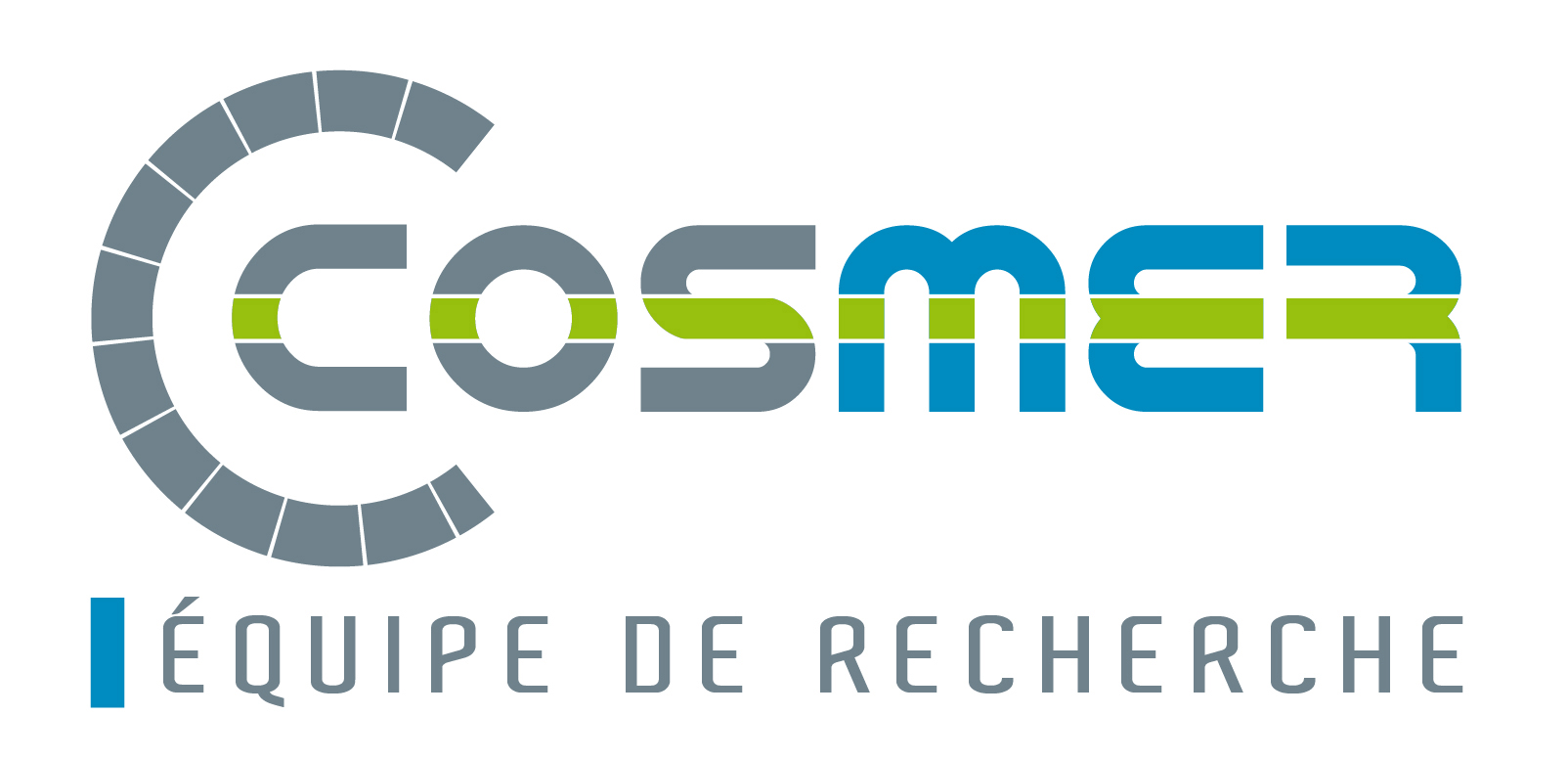Design and control of actuated tether for underwater robots
Conception et contrôle automatique d'un ombilical instrumenté pour robots sous-marins
Résumé
Remotely operated vehicles in underwater (ROV) are connected by an umbilical to communicate with their control unit on the surface. This umbilical has a safety advantage as a physical link to the robot but also impacts the system by transmitting forces and disturbances to the ROV, thus increasing the risk of snags and limiting its working range. This thesis focuses on the active management of umbilicals connected to small ROVs in order to limit their impact on the system. The forces transmitted by the cable to the ROV are studied as a function of different parameters using the catenary model and the construction of a finite solids model under Matlab Simulink. A simple method to estimate the torsional stiffness and bending stiffness coefficients of the cable is proposed in order to parameterize these models. A solution to control the cable distribution by a winch using its instrumentation which is composed of a passive compliance system and a bending sensor is then proposed. This solution is evaluated through simulations of the complete system under Vortex and tank tests of the ROV with its instrumented cable controlled by the reel. The experiments showed the feasibility of the automatic control of the cable at a length adapted to the movements of the ROV thanks to its instrumentation.
Les robots sous-marins téléopérés (ROV) sont reliés par un ombilical pour communiquer avec leur station de contrôle en surface. Cet ombilical présente un avantage de sécurité en tant que lien physique du robot mais impacte aussi le système en transmettant des efforts et perturbations au ROV, en augmentant le risque d'accroches et en limitant son champ de travail. Cette thèse porte sur la gestion active des ombilicaux reliés aux ROV de petite taille en vue de limiter leur impact sur le système.Les efforts transmis par le câble au ROV sont étudiés en fonction de différents paramètres grâce au modèle de la chaînette puis grâce à la construction d'un modèle par solides finis sous Matlab Simulink. Une méthode simple d'estimation des coefficients de raideur en torsion et de raideur en flexion du câble est proposée pour paramétrer ces modèles. Une solution de contrôle de la distribution de câble par un enrouleur basé sur son instrumentation avec un système de compliance passive et un capteur de courbure est alors proposée. Cette solution est évaluée grâce à des simulations du système complet sous Vortex et à des essais en bassin du ROV avec son câble instrumenté et contrôlé par l'enrouleur. Les expériences ont montré la faisabilité du contrôle automatique du câble à une longueur raisonnable adaptée aux déplacements du ROV grâce à son instrumentation.
| Origine | Version validée par le jury (STAR) |
|---|

